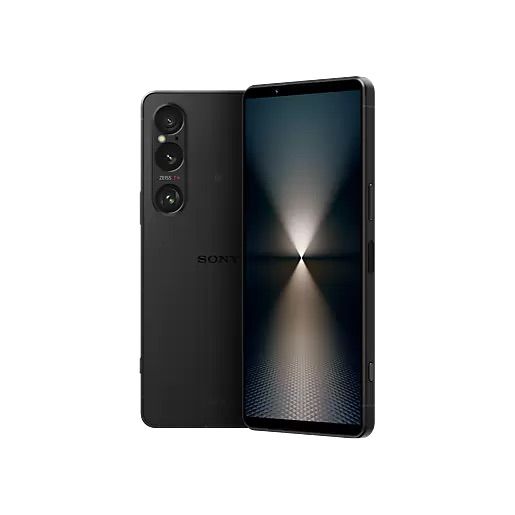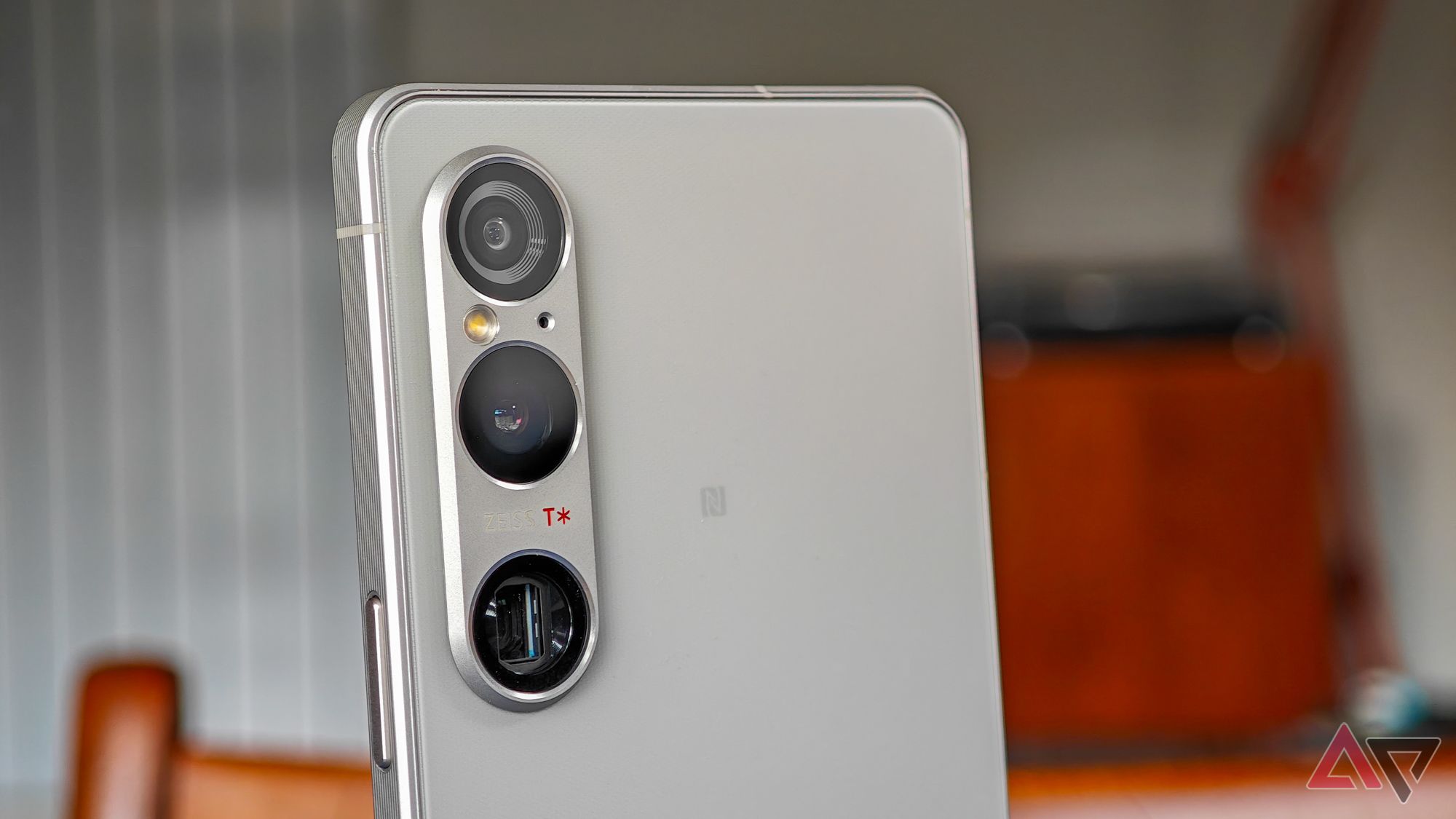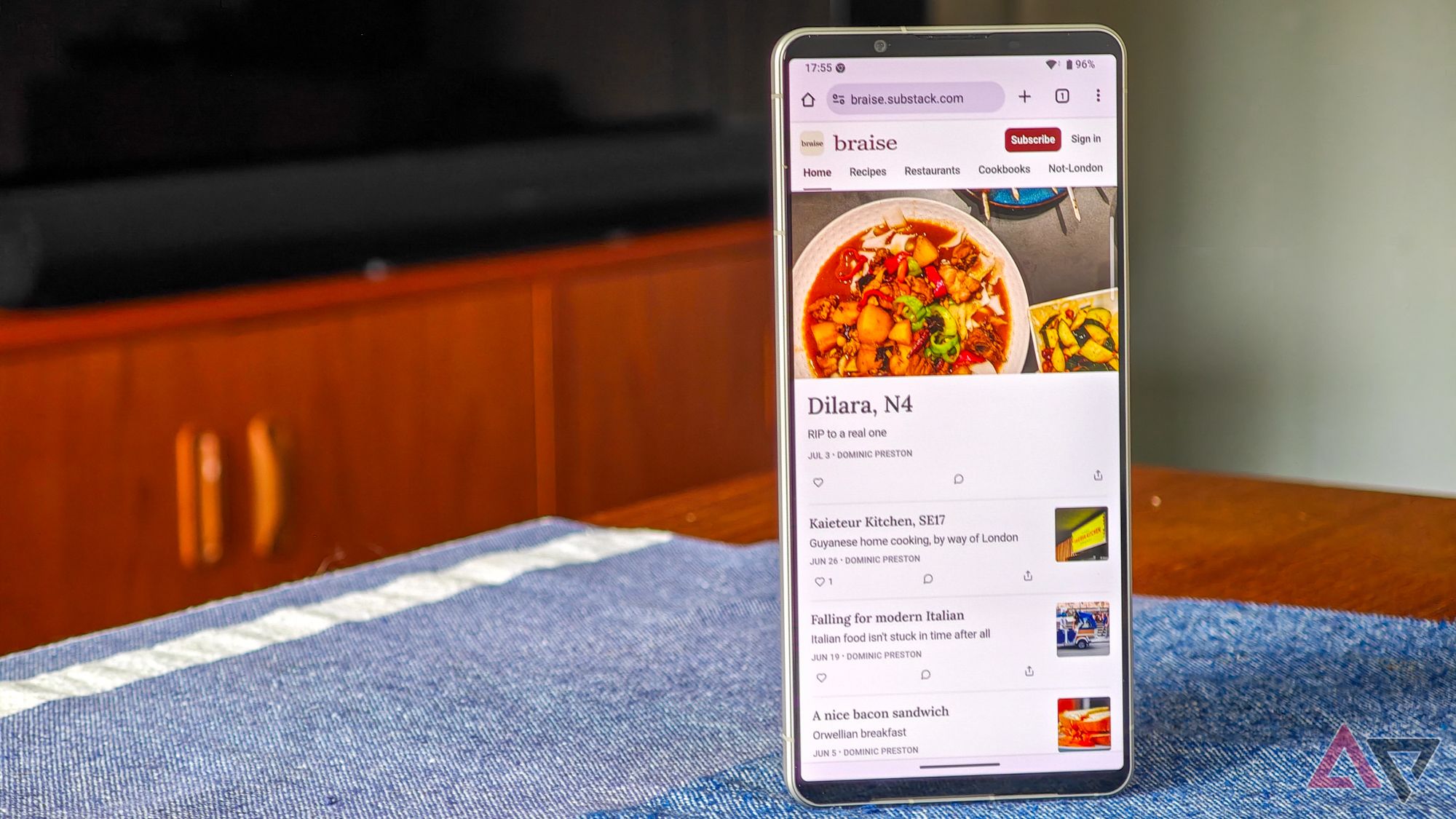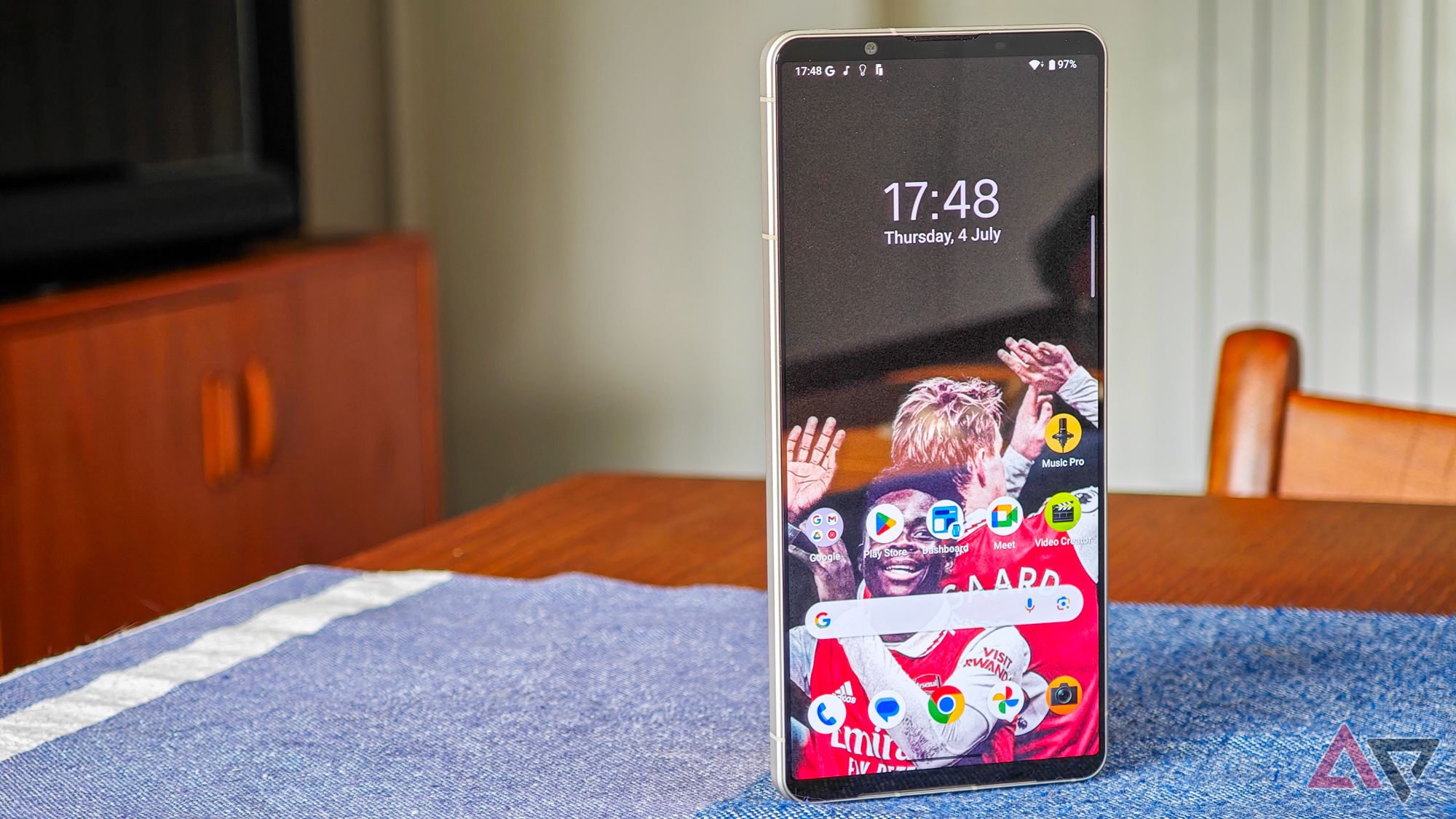Sixth time’s the charm, eh? That’s how many attempts it’s taken Sony to make an Xperia flagship that I can comfortably recommend to the typical Android user, rather than solely to content creators and Sony Alpha camera owners.
There’s just one little problem: you can’t even buy it in the US.
An evolving Xperience
Sony knows what it had to work on
Let’s recap. If you’ve followed Sony’s Xperia line over the past few years, you’ll know there’s a trend: technically exemplary hardware let down by software design that clearly views “user-friendly” as a slur.
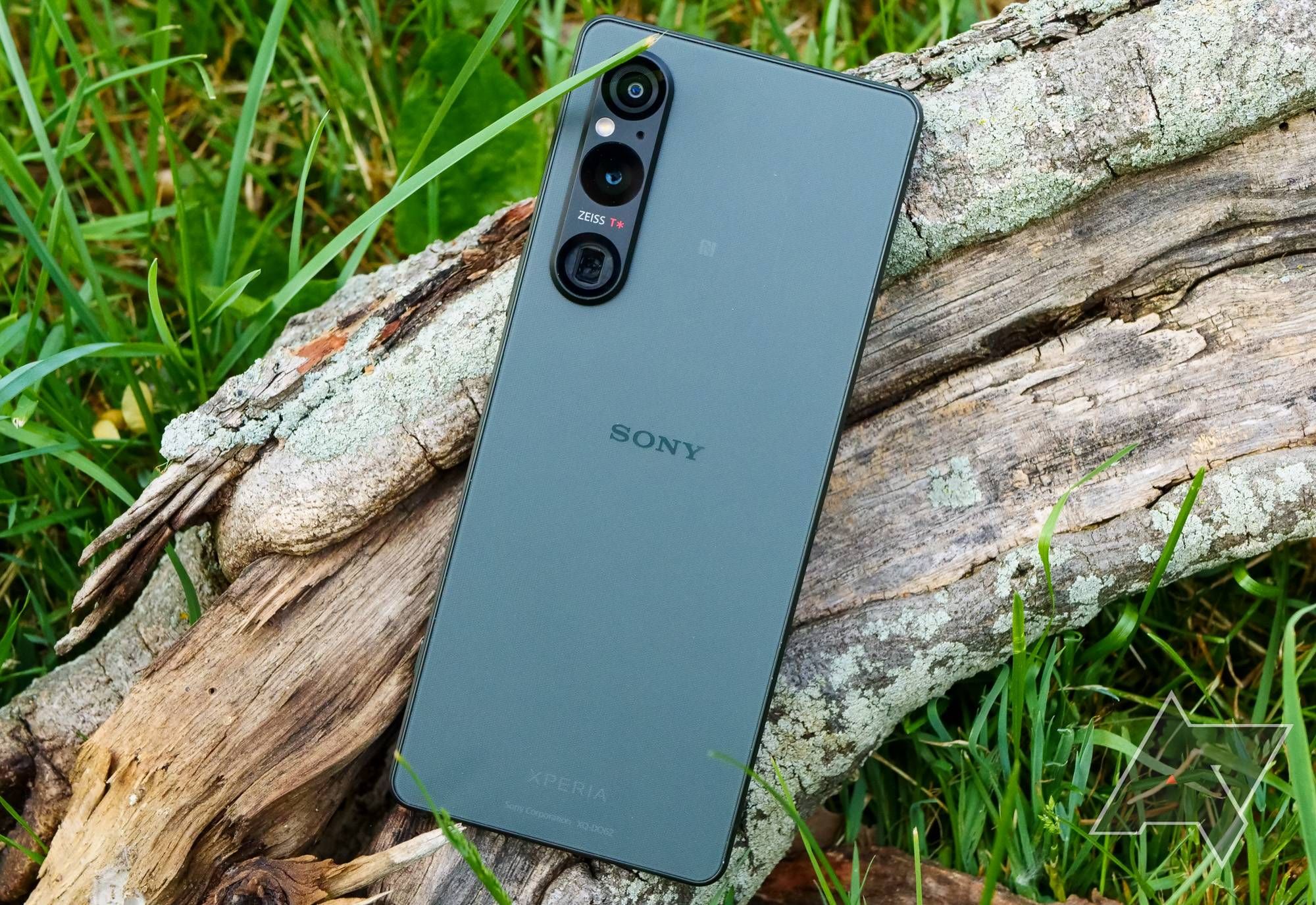
Related
Sony Xperia 1 V review: Too much money, not enough phone
Sony’s myopic priorities rob another Xperia of its potential
For years, the company’s high-end Android phones have felt beholden to the needs of a niche within a niche, prioritizing features that a certain sort of nerd might want for work, rather than the stuff that simply makes a phone worth using 24/7. The Xperia 1 VI hasn’t abandoned that audience entirely, it’s worth emphasizing, but it’s met them halfway so that the rest of us can get some joy out of an Xperia, too.
That’s evident nowhere more than the camera. Last year’s Sony phones somehow shipped with three different camera apps: one for photography, and two for video. Except the basic point-and-shoot video was handled by the photography app, not either video app. Oh, and basic point-and-shoot photography barely existed at all, bogged down by a slew of manual settings that made day-to-day phone photography harder.
This year, Sony wisely accepted defeat on that front, and the 1 VI ships with the blissful calm of a single camera app. ‘Pro’ photography options are in a side pane, just like on every other phone on the market, only with Sony’s synergistic use of the Alpha camera interface. But now, if you just want to take a photo of your coffee, a friend, or that cute dog on the street, you can do it without getting a Master’s degree in photography first.
And the photos will look good! Mostly.
As the company that makes the sensors almost everyone else uses in their phones, you’d think Sony’s phone cameras would be the ones to beat. Sadly, that’s not been true for a long time. While the Xperia 1 VI doesn’t give Sony any sort of camera crown, it does hold its own and offer something a little unique.
There’s a triple rear camera array here, which is par for the course. The 12MP ultrawide is totally adequate for group shots and landscapes, but clearly a weak link. The 48MP main camera is much better, producing crisp, clean, and routinely well-exposed shots in most lighting conditions.
It’s on a par with Google and Samsung’s best camera phones, with one big caveat: Sony’s night mode still feels basic, so I’d never take this over a Pixel if I was taking photos at night.
Then there’s the telephoto. This is a really special lens, and for good reason. It’s a variable zoom lens that gives you continuous optical zoom from 3.5x-7.1x, the equivalent of 85-170mm. Last year’s phone pulled off the same trick, albeit at a smaller range, which left it feeling more like a tech demo than a useful feature.
Here, it’s actually capable of pulling double duty by covering a useful spread of zoom distances, with true optical zoom at all the steps along the way, and even offers a clever macro mode — far better than you tend to get from phones that re-purpose their ultrawide for close-ups.
That said, I still wouldn’t consider this the best telephoto around. The small, 12MP sensor feels like a limitation, so while this delivers flexibility, the actual photos lag a bit behind what I’d expect out of the latest Vivo and Xiaomi flagships. It’s tricky to focus, too — you can’t reliably tap the screen to set your focus, so you’ll have to move the phone itself a little to get a sharper image.
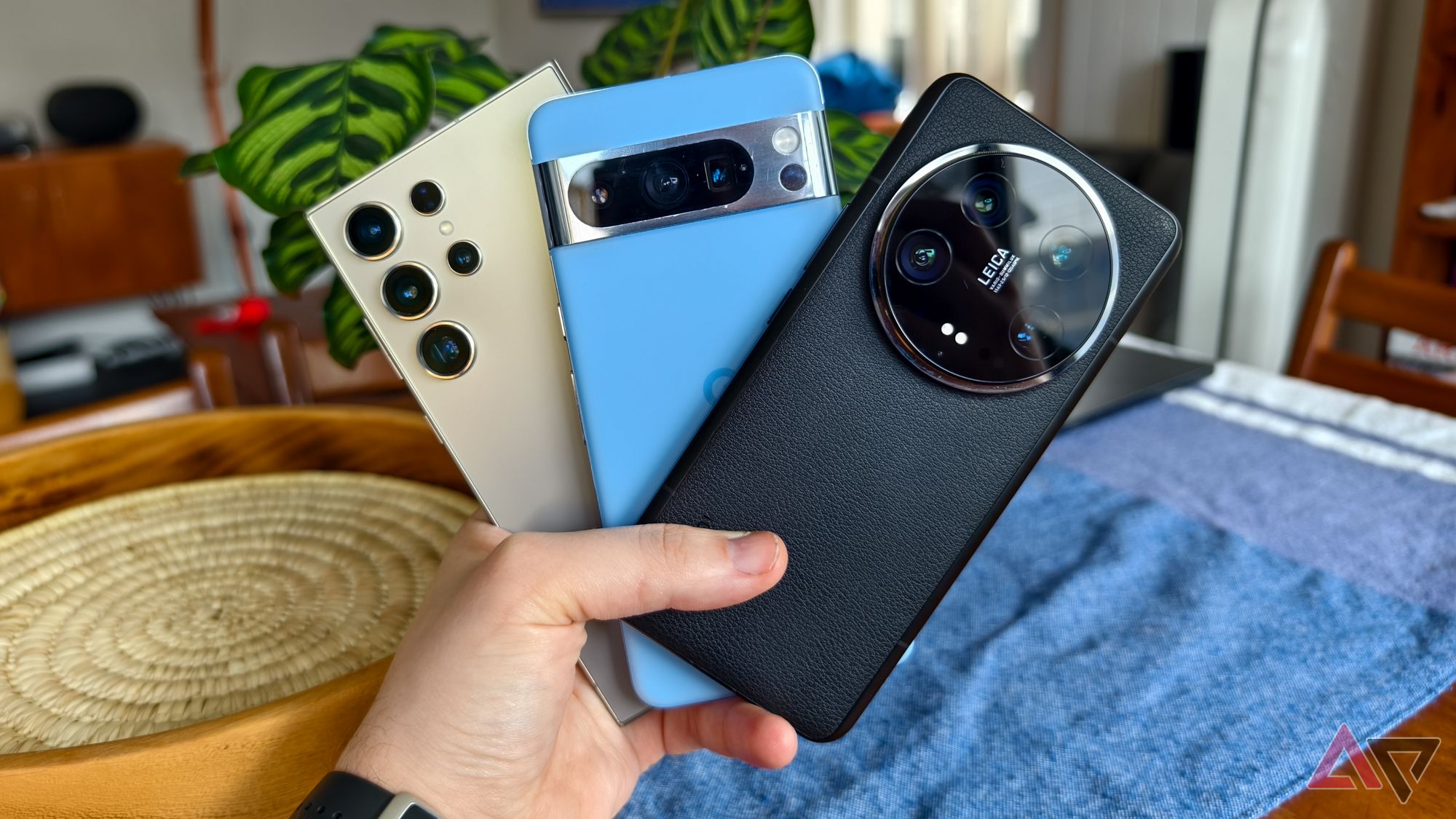
Related
I tested the Xiaomi 14 Ultra’s camera against the Galaxy S24 Ultra and Pixel 8 Pro — and there’s definitely a biggest loser
Can the US’s best camera phones keep up with the Xiaomi 14 Ultra?
The small screen
Farewell, cinematic aspect ratio, we hardly knew ye
Sony hasn’t just revamped the Xperia 1’s cameras this year, but also its display, and these changes might prove a little more unpopular.
The biggest change is a shift away from its trademark 21:9 ‘cinematic’ aspect ratio to a more typical 19.5:9. Sony has long touted its tall, slender displays as a selling point, a perfect match for watching movies from your handset. The problem is, the Venn diagram for aspect ratio nerds and people who watch movies on their phone has next to no overlap, so no one really won here.
Shifting to a boxier display is just smart. Android looks and runs better at this aspect ratio, as will Instagram, TikTok, and basically every other social media app you’re likely to spend your time on. Even the phone’s own cameras suit it better.
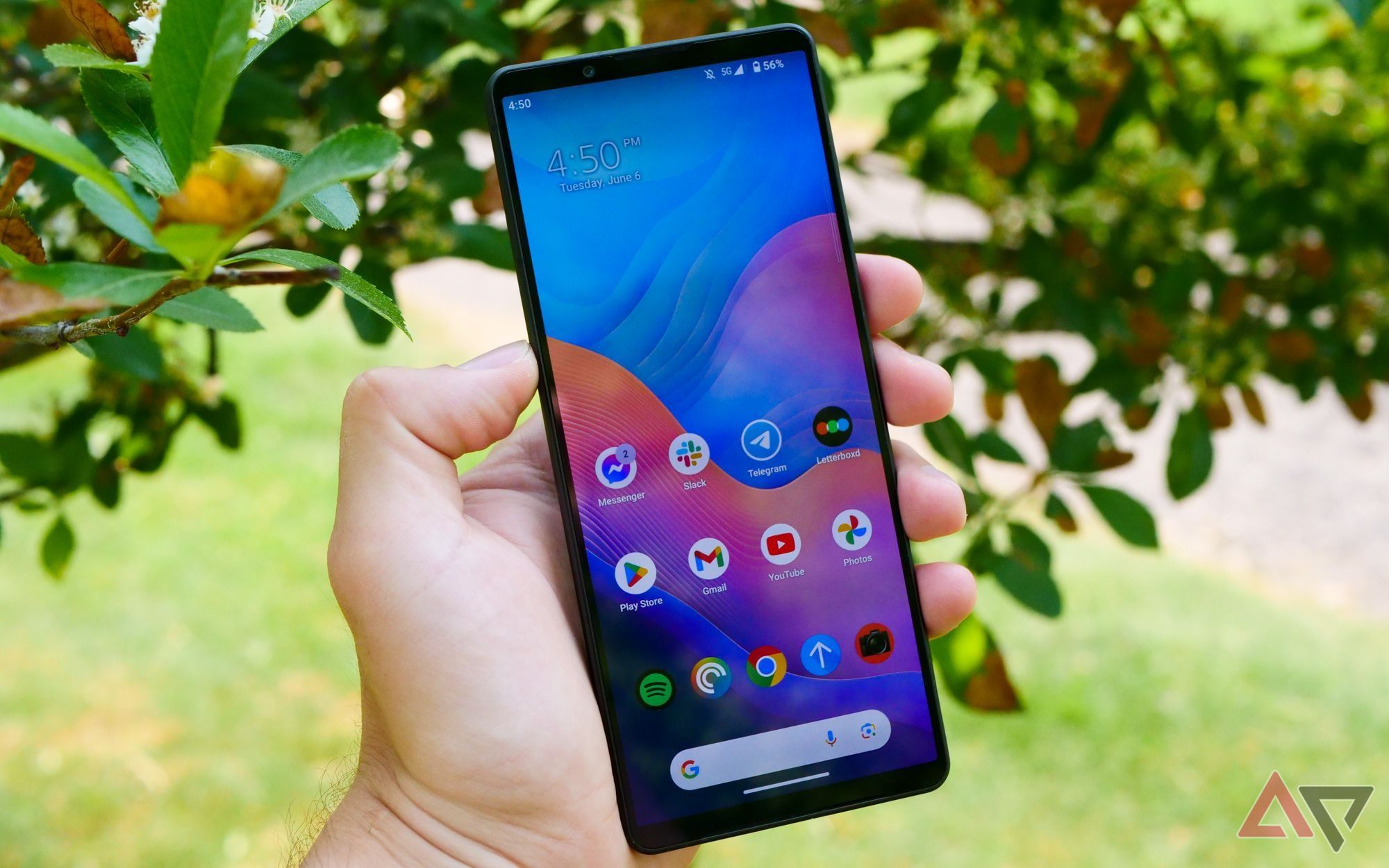
Related
Here’s how smartphone companies can get back to making compact devices
Big ambitions for not-so-big devices
The downside is a drop from the previous 4K resolution — another relatively unique selling point — to QHD+. This is one of the shifts that may frustrate the camera crowd Sony has relied on, but the vast majority of us don’t need 4K on a screen this size — and can barely spot the resolution bump, for that matter.
So, if it freed up the budget to make those camera upgrades, then it was well worth it. The display is also by far Sony’s brightest yet, an improvement that’s easy to appreciate.
It’s worth emphasizing that Sony hasn’t abandoned the niche users that kept the Xperia series ticking along all these years. There’s still a wealth of features to appeal to them, from a dedicated 3.5mm headphone jack to the option to use the 1 VI as an external monitor for Alpha cameras. All those OTT pro video modes have dropped off the phone for now though, but a Sony rep told me they’ll return in a future update.
There’s always a ‘but’
This Xperience comes at a price
Still, it’s not all gravy. Despite running on a Snapdragon 8 Gen 3 and a relatively clean skin of Android, I’ve noticed a few odd performance hiccups in my week with the phone. Once every couple of days, it freezes entirely, with the touchscreen no longer registering input. It’s a quick fix, usually sorted by turning the display on and off, but it’s not a great look on a phone this expensive.
Speaking of, sure, you can’t even buy this phone in the US, so what does the price matter anyway? But €1,399 is steep no matter how you cut it, working out to be the equivalent of $1,500.
This is still the Xperia’s biggest problem by far — there’s no world in which it should cost more than a Galaxy S24 Ultra. You could buy a Pixel 8 Pro and book a weekend getaway to test the camera out and still spend less than you would buying this phone. In case you can’t tell, I don’t think that’s tenable.
I’ve reviewed plenty of Sony’s flagship phones over the last five years, and this is by far my favorite. I thought I’d miss the skinny screen, as one of its few defenders, but even at 19.5:9 the Xperia still feels slender compared to its rivals, helped by a beautifully textured rear finish and the choice to stick to big bezels — not to everyone’s taste, I’m sure, but another side of Sony’s design that isn’t going anywhere yet.
In one year, Sony has jumped from a niche phone for nerds to something I could almost wholeheartedly recommend to everyone else, if only Sony itself actually wanted to sell it.
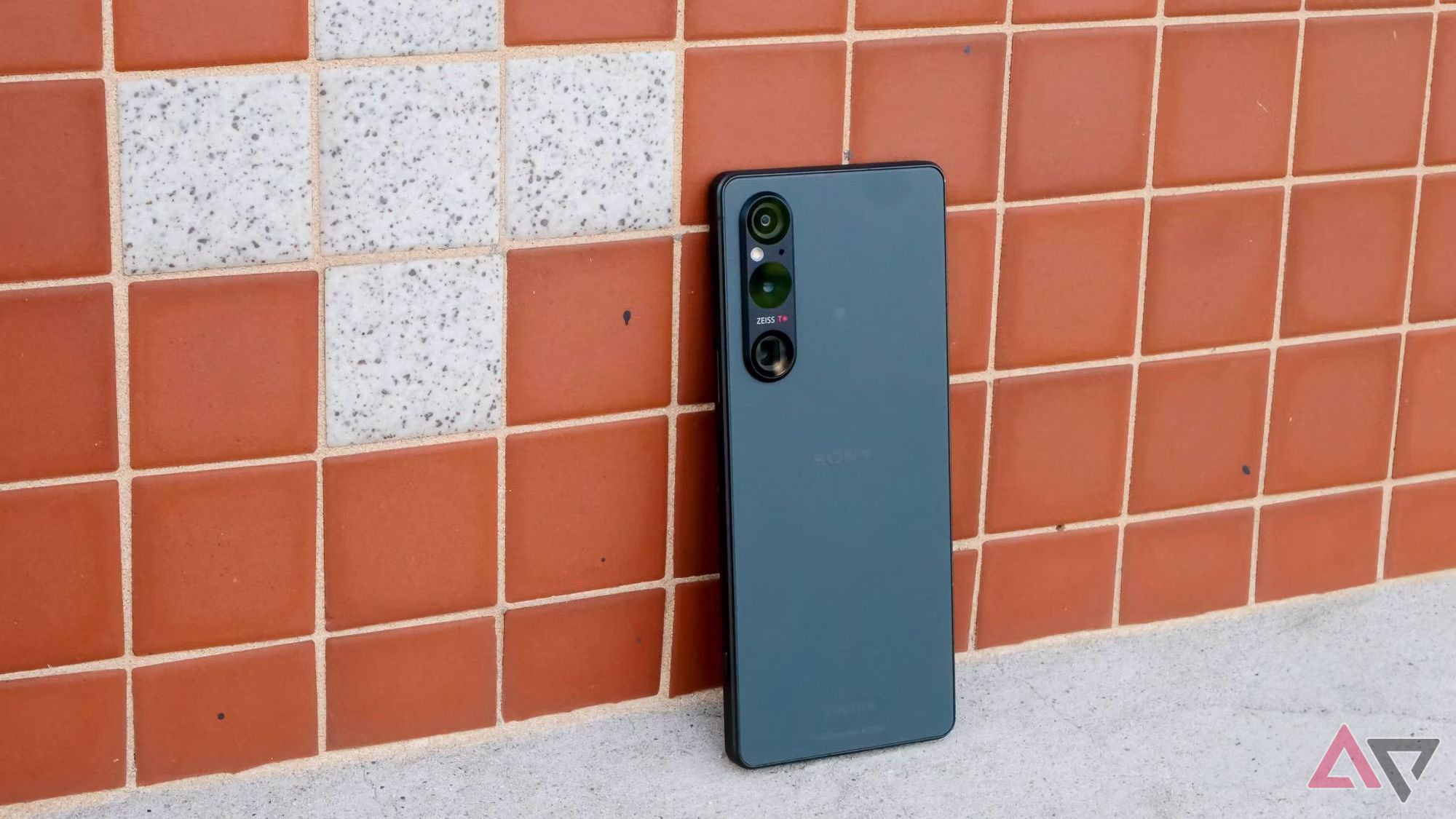
Related
The Xperia 1 VI isn’t coming to the US, and that’s a real shame
Less specialized and less available, the Xperia VI 1 isn’t in a great spot
Source link

